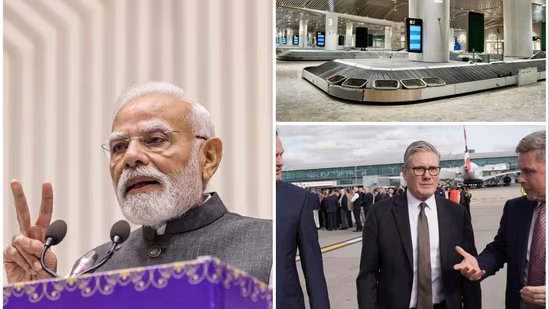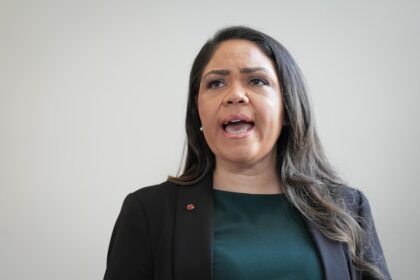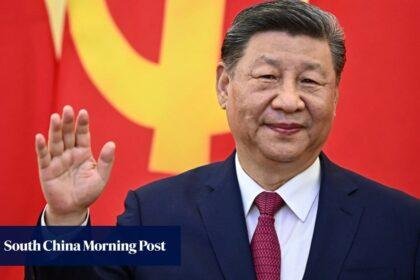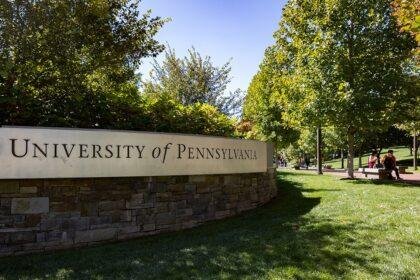Prime Minister Modi Inaugurates Mumbai’s First Fully Underground Metro Line and Navi Mumbai Airport
In a significant development for urban transportation in India, Prime Minister Narendra Modi inaugurated the final stretch of Mumbai’s first fully underground metro corridor on Wednesday. This event marks a pivotal moment in the city’s public transport landscape, as the 10.99-kilometer segment between Acharya Atre Chowk and Cuffe Parade stations becomes operational. The inauguration is part of Modi’s two-day visit to Mumbai, during which he will also unveil the Navi Mumbai International Airport and a new mobility app aimed at streamlining public transport.
A New Era for Mumbai’s Metro System
The Aqua Line, also known as Metro Line 3, spans a total of 33.5 kilometers, running entirely underground from Cuffe Parade in South Mumbai to Aarey JVLR in Goregaon. With the completion of this final segment, the metro line is expected to significantly enhance connectivity to key areas in South Mumbai, including heritage sites, government offices, and bustling business districts. The project, which has been constructed at an estimated cost of ₹12,195 crore, is poised to redefine commuting for millions of residents.
The Aqua Line features 27 stations, with the newly inaugurated segment adding 11 underground stations. This infrastructure is designed to integrate seamlessly with existing railway networks, providing connections to the Central Railway at Mumbai CSMT and the Western Railway at Mumbai Central and Churchgate. Such integration is crucial for improving access to financial hubs like the Reserve Bank of India and the Bombay Stock Exchange, as well as commercial areas such as Fort and Nariman Point.
Environmental and Economic Impact
The Mumbai Metro Rail Corporation Ltd (MMRCL) has stated that the Aqua Line is expected to alleviate the burden on the suburban railway system by reducing its load by approximately 15%. This is particularly important given the city’s notorious traffic congestion. The metro line is projected to save around 3.54 lakh liters of fuel daily and reduce vehicular trips by 6.65 lakh, contributing to lower traffic congestion and noise pollution.
In addition to its economic benefits, the project has also prioritized environmental sustainability. Over 23,000 trees have been planted as part of compensatory plantation efforts, and mangrove restoration projects are underway. The construction phase involved the rehabilitation of nearly 2,000 families, ensuring that the project is socially responsible as well.
Navi Mumbai International Airport: A Game Changer
On the same day, PM Modi will inaugurate Phase 1 of the Navi Mumbai International Airport (NMIA), which has been developed at a cost of approximately ₹19,650 crore. This airport is notable for being India’s largest Greenfield airport project and is designed to complement the existing Chhatrapati Shivaji Maharaj International Airport (CSMIA). Together, these airports aim to position Mumbai among the world’s leading multi-airport systems.
The NMIA is expected to handle up to 90 million passengers annually and 3.25 million metric tonnes of cargo, making it a vital asset for both domestic and international travel. Furthermore, it will be the first airport in India to offer water taxi services, enhancing connectivity to the region.
A Broader Vision for Urban Mobility
During his visit, PM Modi will also launch “Mumbai One,” a common mobility app that integrates various public transport systems across the Mumbai Metropolitan Region (MMR). This initiative aims to simplify travel for residents and visitors alike, making it easier to navigate the city’s complex transport network.
The Aqua Line and NMIA are part of a broader vision for urban mobility in India, reflecting the government’s commitment to modernizing infrastructure and improving the quality of life for citizens. As urban populations continue to grow, efficient public transport systems will be essential for sustainable development.
Conclusion
The inauguration of Mumbai’s first fully underground metro line and the Navi Mumbai International Airport represents a significant leap forward in urban transportation for the region. These projects not only promise to enhance connectivity and reduce travel times but also aim to address environmental concerns and improve the overall quality of life for residents. As India continues to invest in its infrastructure, the successful implementation of these initiatives could serve as a model for other cities grappling with similar challenges.










